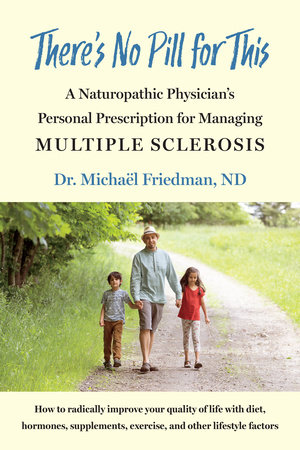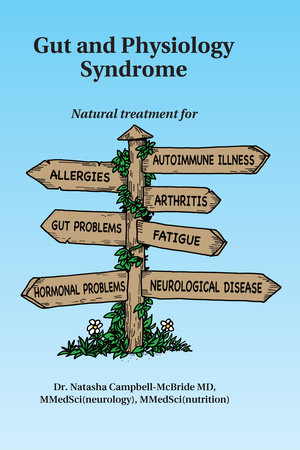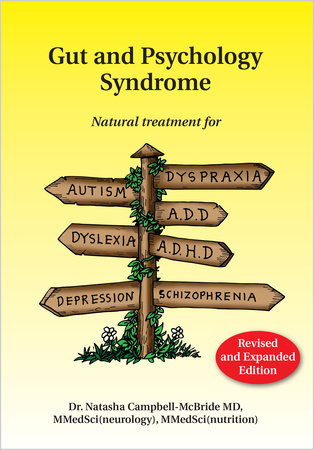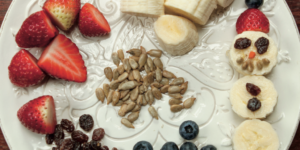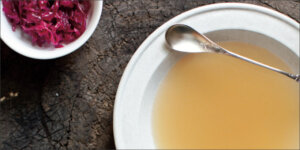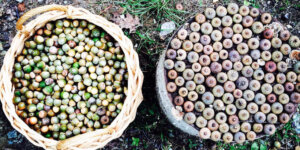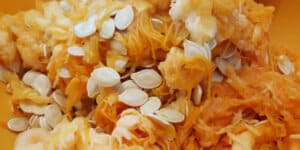Understanding your Microbiome: The Garbage in Your Gut
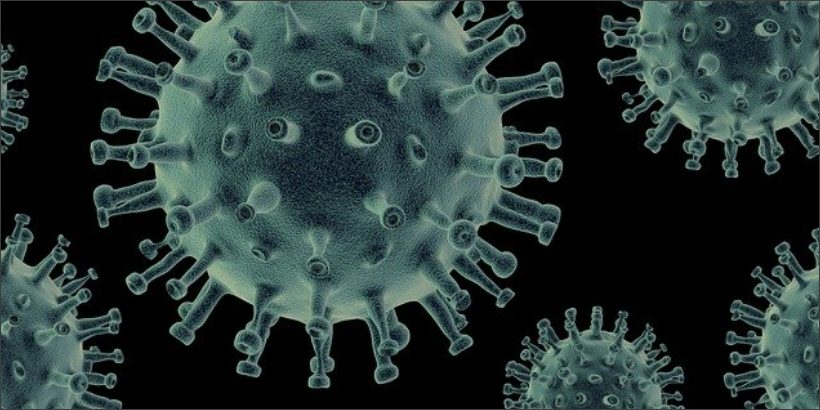
When treating multiple sclerosis, Dr. Michaël Friedman does not promise a miracle cure but instead provides the personal prescriptions he follows that are delaying the disease process and radically improving his quality of life, including dietary measures and supplements to support a healthy microbiome and hormone therapies that can reduce neuroinflammation and possibly promote neurorestoration.
The following is an excerpt from There’s No Pill for This by Dr. Michaël Friedman and has been adapted for the web.
The Microbiome and Health
It’s not surprising that the microbial balance in our gut, in both the numbers of species and the numbers of individual microbes of each species, can dramatically impact our health, given that the microbiome:
- Plays a crucial role in immune system development.
- Assists in metabolic functions such as salvaging dietary sugars, producing short-chain fatty acids, synthesizing vitamins, and metabolizing drugs.
- Produces neurotransmitters, including epinephrine and norepinephrine, both of which are associated with the fight-or-flight response, and dopamine, a mood regulator. (In fact, the micro- biome manufactures fully 50 percent of the dopamine supply for the human body.) These same nutrients also feed the gut microbiota that produce the neurotransmitters serotonin and acetylcholine as well as other metabolites that are so important to our health.
- Produces γ-aminobutyric acid (GABA), the central nervous system’s chief inhibitory transmitter, known for its calming effects.
- Exerts significant influence on mood and emotions via its role in manufacturing neurotransmitters.
The Institute for Immunity, Transplantation and Infection at the Stanford University School of Medicine includes an academic department devoted to studying the microbiome and its impacts on chronic diseases, including autoimmune disease.
What is a microbiome? In a general sense, it is a mutually beneficial biological community comprising bacteria, viruses, fungi, and other specialized microorganisms that—together with their host—work to create and maintain a fully healthy environment. Almost every ecosystem, whether on land, sea, or air, has its own microbiome that has evolved over time to support that ecosystem’s life. Specific microbiomes in the forest, for example, collaborate to break down, digest, and recycle organic matter into essential nutrients that foster tree growth. Without this process, the forest could neither survive nor thrive.
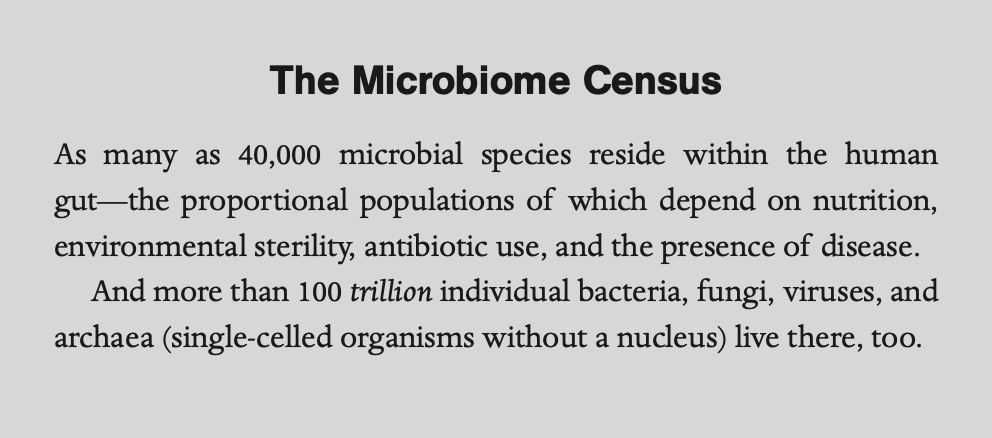
Our microbiome can influence immune system cells in various ways. In research published in the journal Gut Microbes, investigators demonstrate that the human microbiome plays a crucial role in the production of interleukin-17 (IL-17)—a key player in immune system function and an essential weapon against certain invasive bacteria and fungi.1 Research further suggests that imbalances in the gut can lead to imbalances in the immune system. And researchers have also discovered that “specific intestinal microbial species . . . are sufficient to promote disease in the CNS.”2
The science behind this is rather complex, but it boils down to the fact that the microbiome regulates both anti- and pro-inflammatory responses in the gut and central nervous system. Further, the researchers note, “alterations in the community composition of the microbiota, known as dysbiosis, may be a critical factor in numerous immune-mediated diseases.” This means that when the microbiome suffers imbalances, the T cells that help direct the immune response end up misidentifying healthy tissues as a threat. This knocks the immune system out of homeostasis and often triggers autoimmune disease.
Although research into this fascinating evolutionary miracle has only recently exploded, our understanding of the gut and its influence on human health and well-being dates back thousands of years.
In fact, almost every ancient healing tradition points to the idea that “death begins in the colon.”
The Ayurvedic sages of India, for example, speak of ama—an accumulation of toxic residue that disrupts the metabolic fire, or agni. In order to restore agni, practitioners prescribe one of a variety of cleansing protocols to draw these toxins out of the body’s tissues and into the digestive tract for elimination. Similarly, the Shuar healers of the Ecuadorian Amazon follow one of many indigenous healing traditions that ascribe poor health and immune system dysfunction to impure blood. In order to purge this garbage, patients participate in a ceremony during which they consume a particular mixture of herbs and tea called natem, and nothing else, for three days. Traditionally speaking, “cleaning the gut” has always been the first critical step toward restoring optimal health. Cleaning the gut is also one way of removing impurities from the blood—what many healing traditions regard as a major cause of immune system dysfunction.
Today modern science has built upon this ancient knowledge. Researchers can now explain some of the precise mechanisms by which a healthy micro- biome promotes a healthy human organism—as well as how an unhealthy microbiome, called dysbiosis, contributes to a wealth of disorders, including multiple sclerosis. Such “cutting edge” research is truly “old edge” with a new interpretation.
We now know, for example, that the concept of impure blood is a sound one: Research has proven that fully one-third of the molecules in our bloodstream comprise the breakdown products of our own gut microflora. When we suffer from dysbiosis, we 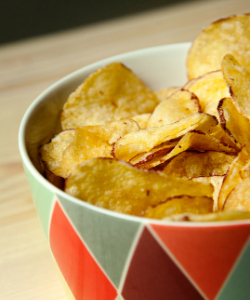
The good news is that you can prevent dysbiosis with commonsense, easy-to-follow strategies that I will outline later in this chapter. In doing so, you can greatly ameliorate the symptoms of MS, and—as I will illustrate through my own personal experience—even potentially alter its progression. But first, let’s explore some of the mysteries of the gut.
What does a healthy gut look like? How does a healthy gut function? And what causes a healthy gut to deteriorate into dysbiosis and disease?
In its optimal functioning state, the human digestive tract is a remarkable machine—one that absorbs food, water, and other substances, and metabolizes them into nutrients that fuel a variety of physiological processes. These same nutrients also feed the gut microbiota that produce serotonin, acetyl- choline, and other metabolites that are so important to our health. (You can read more about these neurotransmitters in the relevant section a little later in this chapter.)
A healthy gut is also critical to a healthy immune system: By destroying pathogens, and excreting them as waste, the microbiota prevent them from escaping into the bloodstream where they can do damage. The gut also “educates” the immune system by training T cells to destroy harmful micro- organisms, and to tolerate the beneficial ones that make up the microbiome.
In order to protect itself and the body from attack, the gut employs the intestinal mucosal barrier, commonly known as the intestinal barrier. Comprising a combination of mucosal layers, epithelial tissue, and microbiota, the intestinal barrier is a selectively permeable system of physical and bio- chemical elements that prevent pathogens and toxins from passing through, and allow the absorption of nutrients, vitamins, and minerals. These actions are supported by a number of biochemical elements, including gastric acid and bile, and antimicrobial peptides.
Healthy functioning of the intestinal barrier depends on a balanced microbiome. As we’ll see a little later, however, a number of factors can throw our microbiome out of whack . . . and create the conditions that are ripe for dysbiosis.
- Yun Kyung Lee et al., “Proinflammatory T-Cell Responses to Gut Microbiota Promote Experimental Autoimmune Encephalomyelitis,” Proceedings of the National Academy of Sciences of the United States of America 108, supplemental 1 (March 2011): 4615–22, http://doi.org/10.1073/pnas.1000082107.
- Lee et al., “Proinflammatory T-Cell Responses,” 4615–22.
- Paolo Riccio and Rocco Rossano, “Nutrition Facts in Multiple Sclerosis,” ASN Neuro 7, no. 1 (February 18, 2015): 1–20, http://doi.org/10.1177/1759091414568185.
Recommended Reads
Recent Articles
These snacks might be too darn cute to take a bite of! Brighten up snack time this winter using fruits and veggies we all know and love.
Read MoreYou’ve Been Missing Out! Bone Broth is the ultimate superfood, packed with nutrients and goodness. Consider adding this nutrient-rich, immune system boosting bone broth into your daily diet.
Read MoreThese small fruits are a delicious source of nutrients that you can find almost anywhere. Get started on acorn harvesting with help from these simple tips!
Read MoreWondering what to do with pumpkin seeds? Instead of roasting them, try these alternative ways to prepare & use seeds! Plus a must-try pumpkin granola recipe.
Read MoreTired of trying different traditional medicines to relieve inflammation and joint pain? We have the perfect solution: honey bee venom.
Read More

